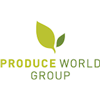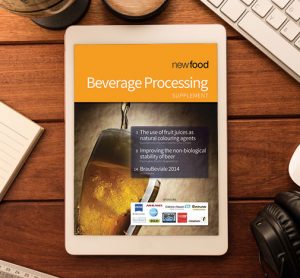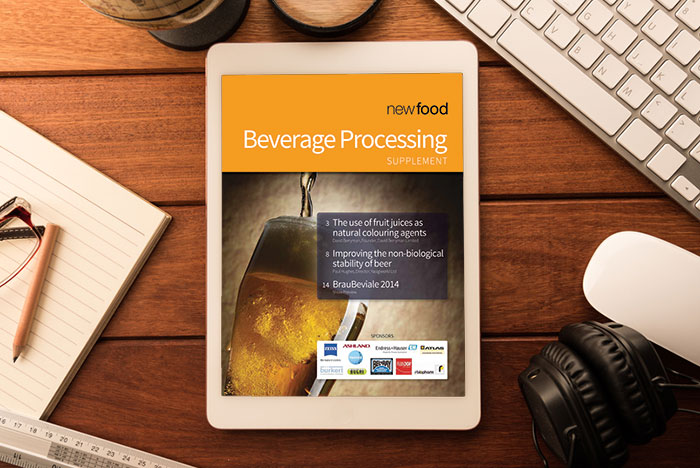Produce World: demand for organic vegetables at all-time high
23 January 2015 | By Produce World Group
The Produce World Group, the UK’s largest grower and supplier of fresh organic vegetables, has confirmed that UK consumer demand for organic vegetables during Christmas 2014 was higher than any other year...









